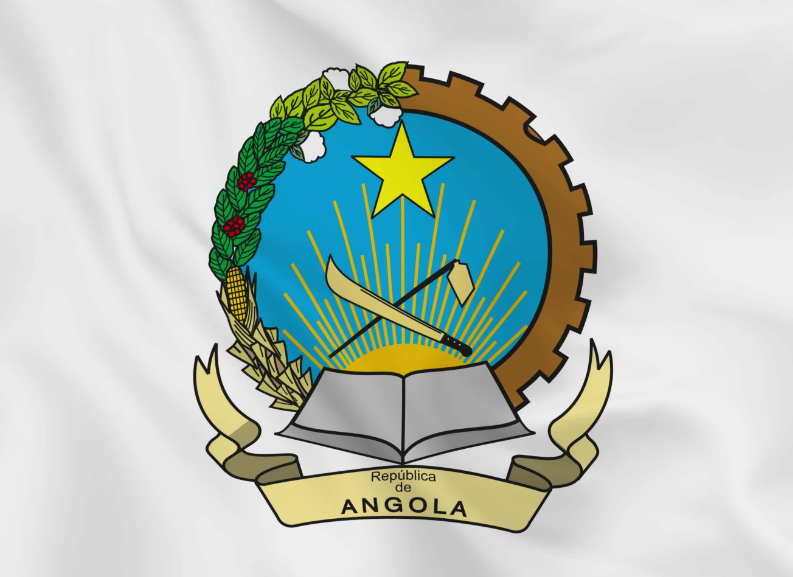This article delves into the history of Angola’s national emblem, its symbolism, and significance. When it comes to national identity, emblems are significant symbols that represent a country’s history, values, and culture. Angola, a country located in southwestern Africa, has its national emblem that embodies the country’s rich past and present.
History of Angola National Emblem
Angola’s national emblem was adopted on November 11, 1975, the same day that Angola declared its independence from Portugal. The emblem was designed by a group of Angolan artists and intellectuals, led by the renowned painter, Simoes de Carvalho. The emblem has undergone some changes since its inception, but the overall design remains the same.
Design and Symbolism of Angola National Emblem
The national emblem of Angola features a cogwheel, a machete, and a star, all encircled by a half-wreath of maize and coffee branches tied at the bottom with a ribbon bearing the country’s name. The cogwheel symbolizes the industrial and agricultural workers, the machete represents the peasants, and the star stands for international solidarity and progress. The maize and coffee branches represent the country’s agriculture, while the ribbon signifies the unity of the Angolan people.
Significance of Angola National Emblem
Angola’s national emblem represents the country’s struggle for independence and its commitment to social progress and unity. The emblem reflects Angola’s history and culture, and the values of its people. The cogwheel and machete symbolize the importance of labor and agriculture to Angola’s economy, while the star represents Angola’s role in the international community. The maize and coffee branches, as well as the ribbon, signify Angola’s unity and the importance of the country’s natural resources.
FAQs
- What is the meaning of the cogwheel in Angola’s national emblem?
The cogwheel represents the industrial and agricultural workers of Angola, emphasizing the importance of labor in the country’s economy.
- Who designed Angola’s national emblem?
Angola’s national emblem was designed by a group of Angolan artists and intellectuals, led by the painter, Simoes de Carvalho.
- What do the maize and coffee branches represent in Angola national emblem?
The maize and coffee branches represent the country’s agriculture, which is a significant contributor to Angola’s economy.
- When was Angola national emblem adopted?
Angola’s national emblem was adopted on November 11, 1975, the same day that Angola declared its independence from Portugal.
- What does the ribbon in Angola national emblem signify?
The ribbon in Angola’s national emblem signifies the unity of the Angolan people.
Conclusion
Angola’s national emblem is a symbol of the country’s history, values, and culture. Its design and symbolism reflect the country’s struggle for independence, its commitment to social progress and unity, and the importance of labor and agriculture to its economy. The emblem serves as a representation of Angola’s past and present, and its role in the international community.
References
- “The national symbols of Angola” by the Embassy of Angola in the United States: https://angola.org/embassy/national-symbols
- “The emblem of Angola” by Flags of the World: https://www.crwflags.com/fotw/flags/ao_emble.html
- “Angola: History and Culture” by The Embassy of the Republic of Angola in Japan: http://angolaembassy.jp/en/angola/history-and-culture/
